Patagonia is one of the world’s most renowned hiking and trekking destinations. A place for adventurers and nature lovers where the elements can be challenging, but the scenery and landscape majestic… staggeringly so. Torres del Paine is Patagonia’s most famous trekking hotspot and it is where you will find a variety of different day-hikes and multi-day trekking excursions among a host of other outdoor activities, such as boat cruises, kayaking, horse-riding, glacier trekking, etc. We’ve got an article dedicated to the experience of puma trekking in Torres del Paine, and in this article we’re highlighting two of the region’s best hikes for day-packing – one easy and one not so easy!
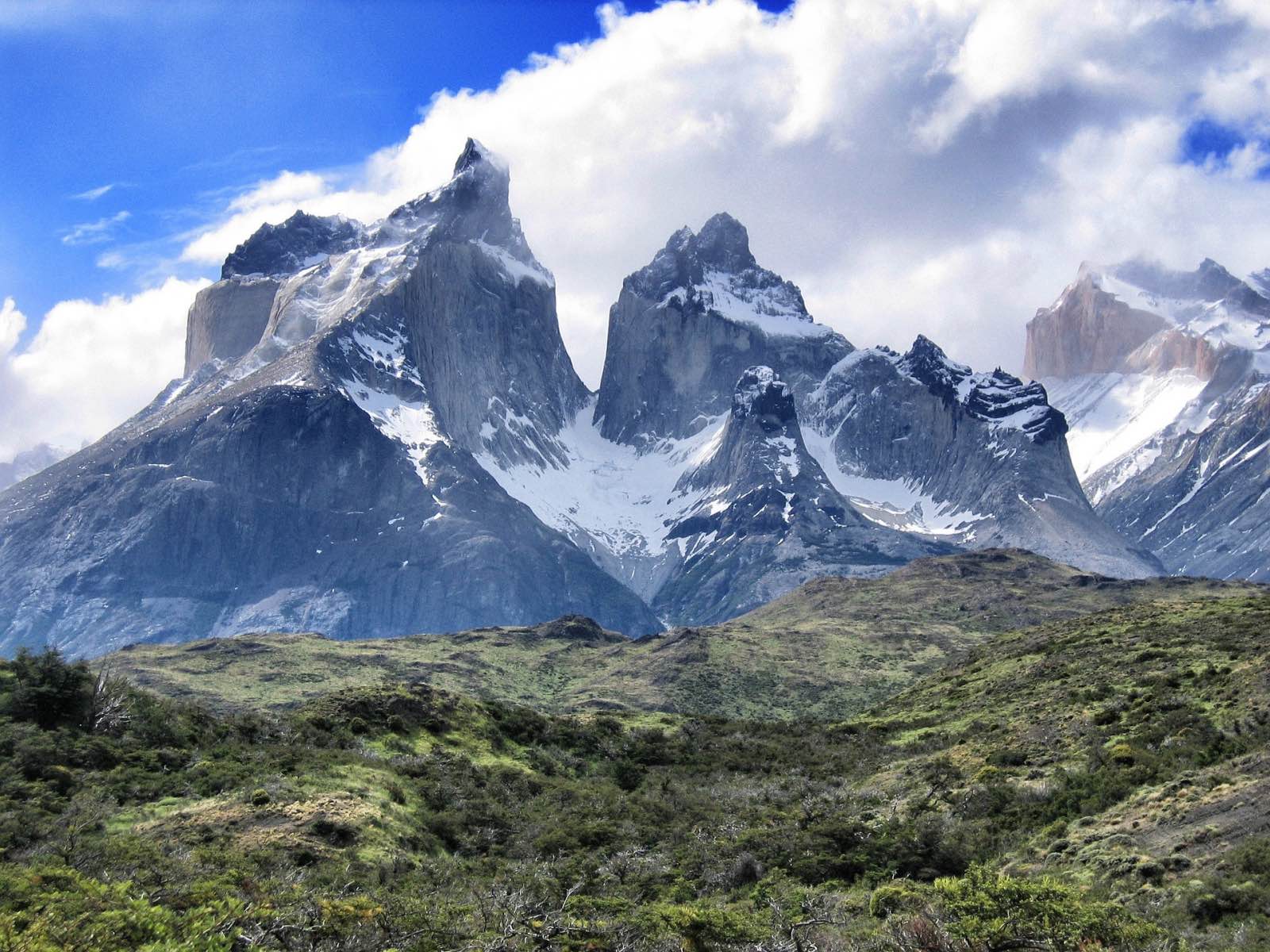
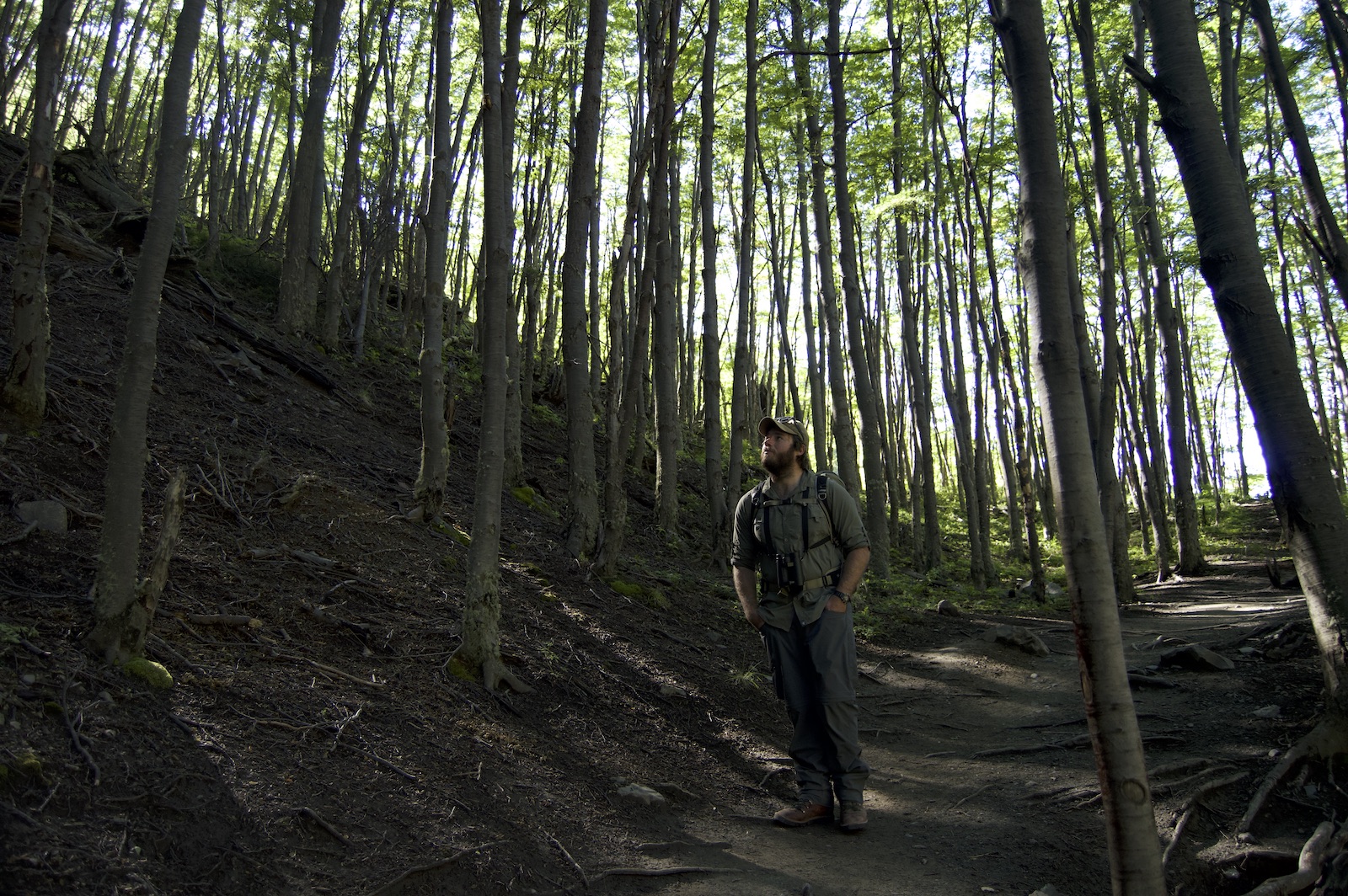
First things first: Weather
First, it is important to know that Patagonia is almost as famous for its weather as it is for its rugged landscape. The wind can be very gusty and icy cold, and from about May to October, the winter season takes hold and everything turns white – this is not the time to hike! We recommend hiking in the seasons in between, when the cold is manageable, and in summer when the days are long and pleasantly warm. There is always a chance of rainfall, even during the summer months from December to February, and the wind pumps regularly, so there is no avoiding that altogether, but that’s all part and parcel of a visit to Patagonia!
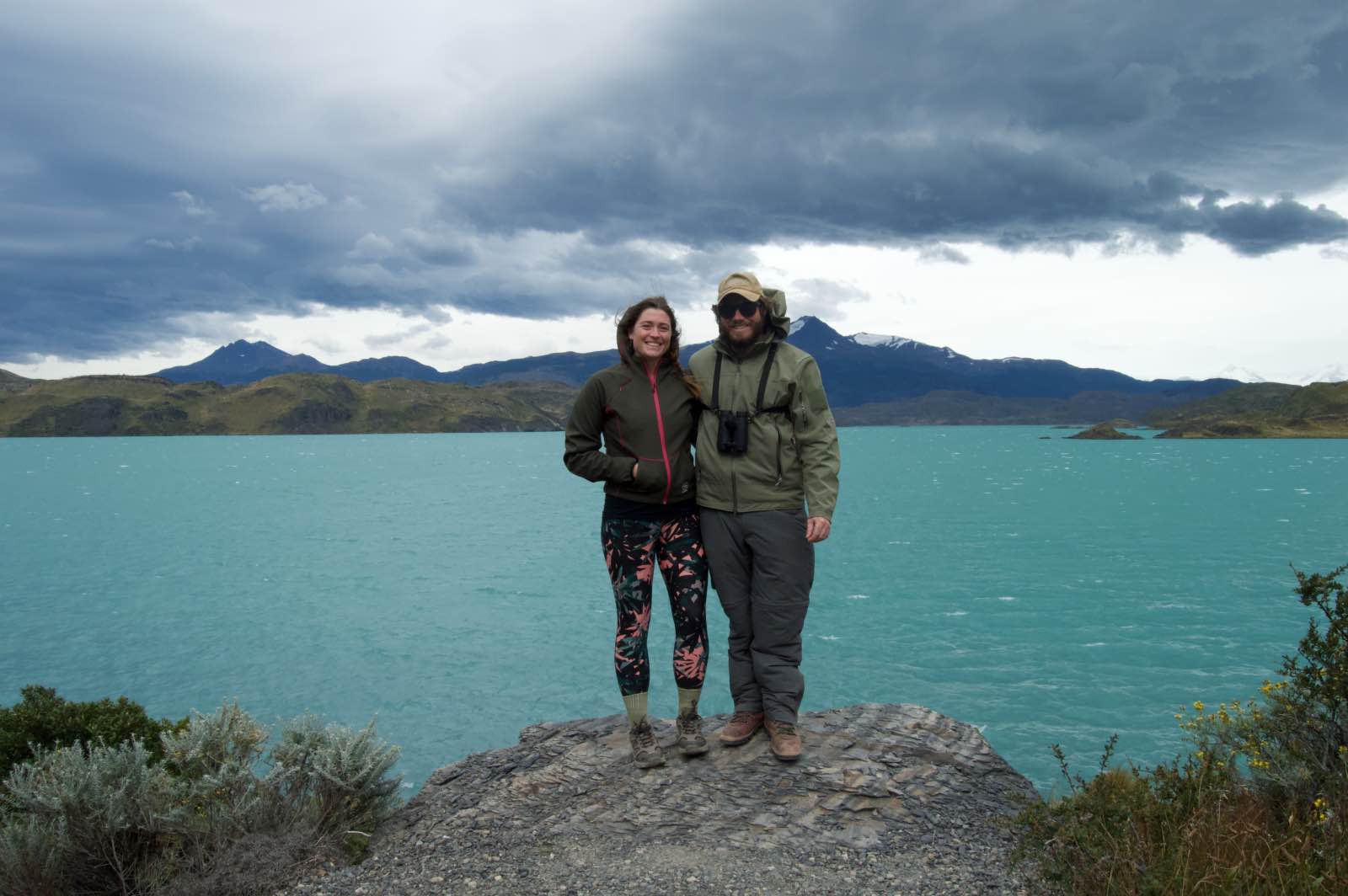
The Autumn months of March and April are also a very pleasant time to be in Patagonia and it is less busy with tourist traffic, so that’s a bonus if you are looking for more privacy and exclusivity. Summer is very busy in terms of visitors and your hiking trails are going to be bustling with other hikers. March and April are better for quieter visits and the wind blows less vigourously, which is nice for campers, but it is a bit colder and the closer to winter you go, the higher the chance of rainfall, so April-May is risky. Spring in October and November is also a favourable time of year, but it still packs that winter chill, so make sure to bundle up and keep warm. Rainfall is less likely to put a damper on things at this time of year, and there are no crowds comparable with summer, so, bonus!
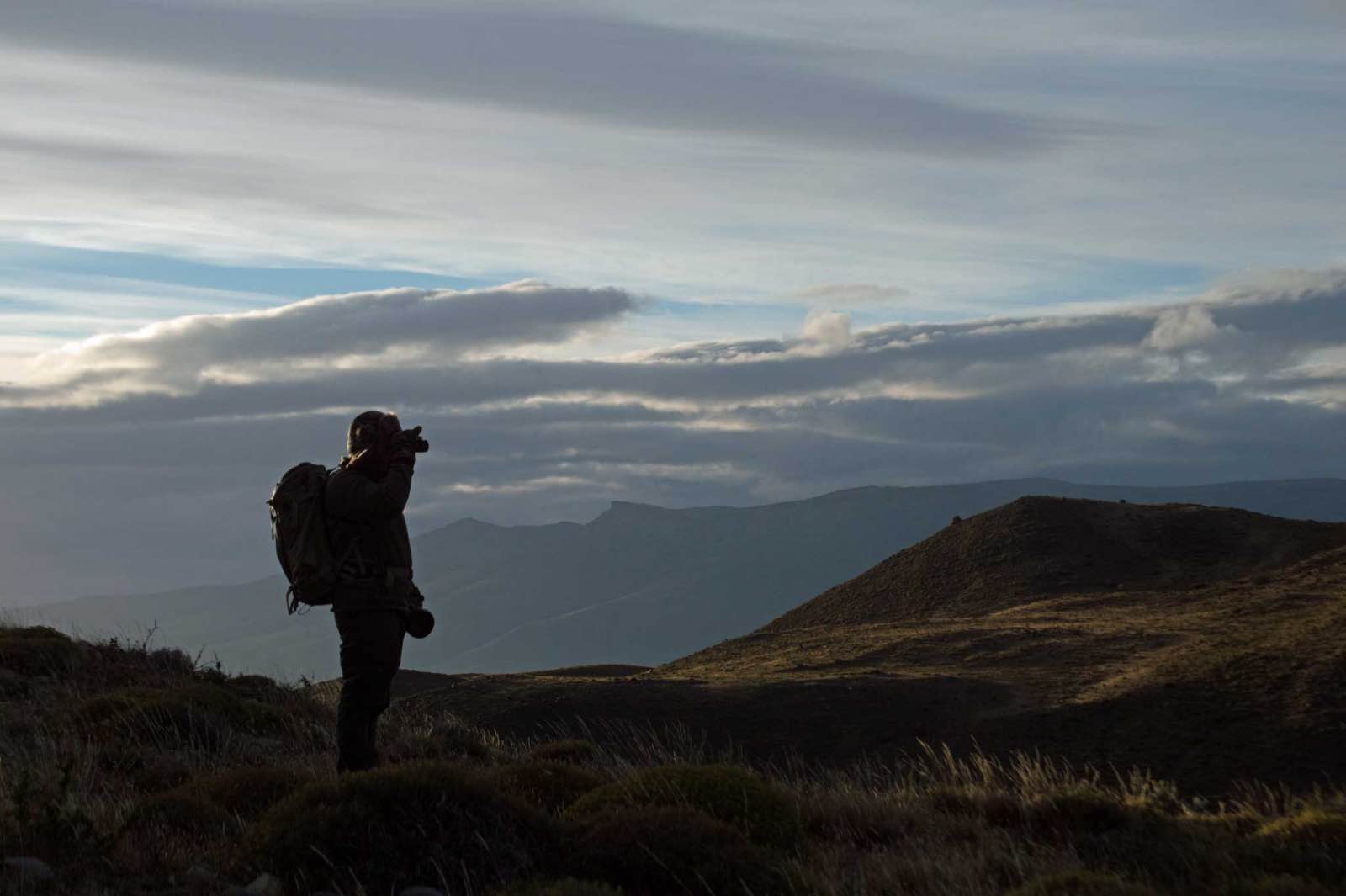
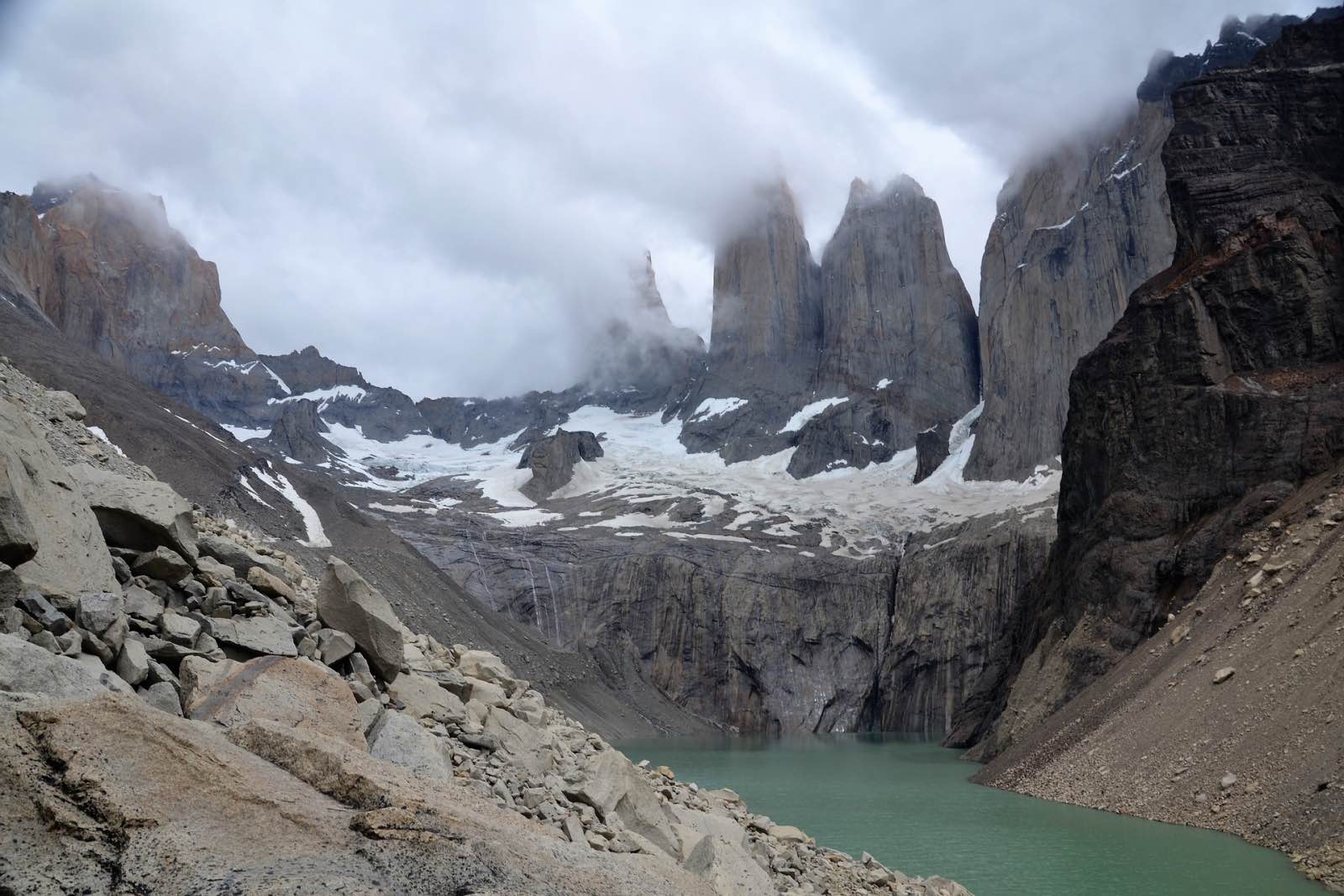
Gear
Patagonia is an incredibly social place and it is very popular with young couples and groups of friends, as well as solo travellers who are on a soulful mission to realign with nature. Backpackers and hitchhikers are seen all over the quaint little towns in southern Chile, and especially in Puerto Natales, which is the home town of Torres del Paine. Leggings, thick socks, hiking boots, buffs, down jackets, wind breakers, and rain jackets are all items in the standard dress code in Patagonia, and you will find yourself wearing and re-wearing things that work for comfort and practicality. So, don’t pack for variety, pack for purpose!
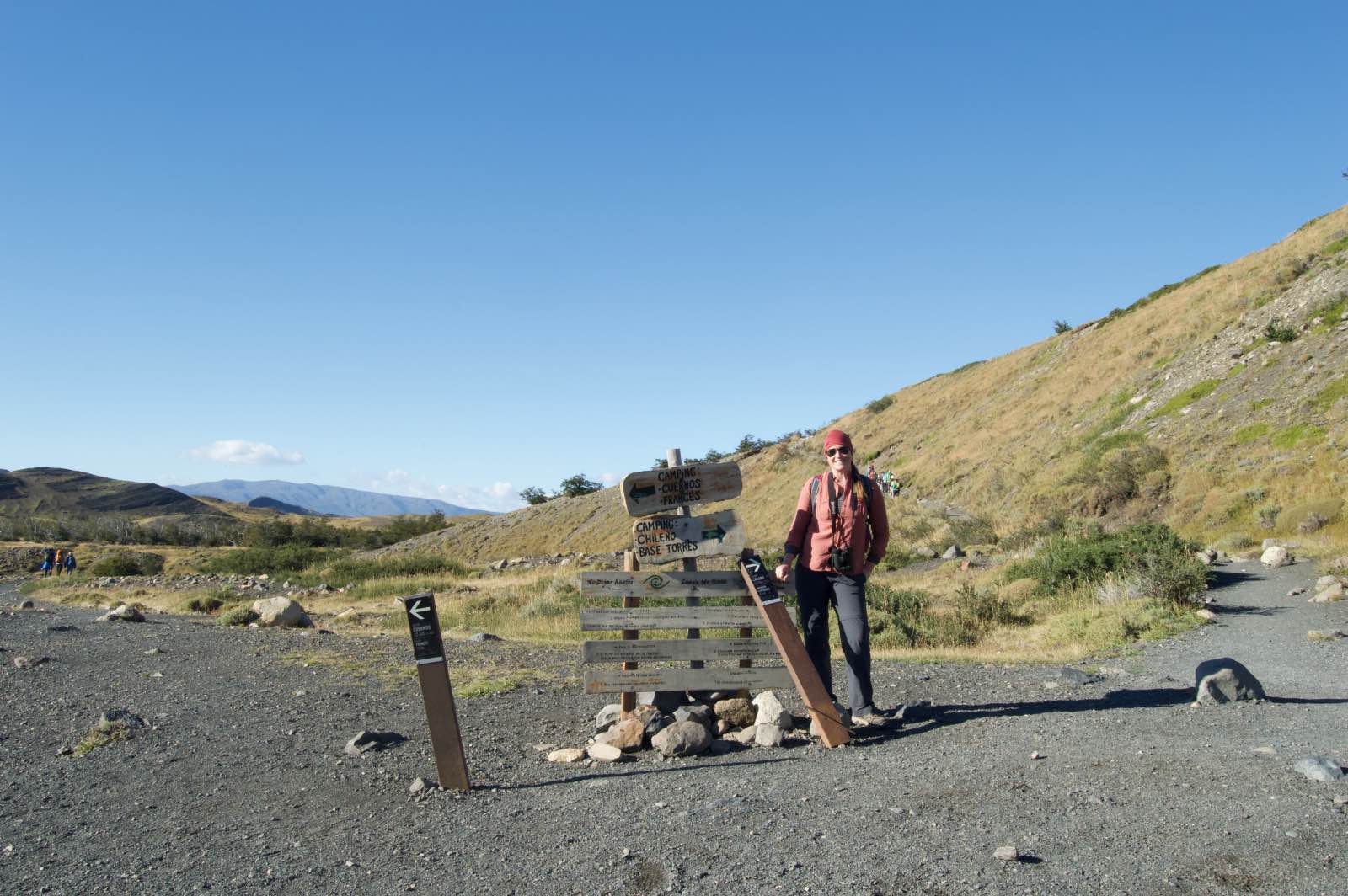
An important note is that Patagonia is so accustomed to having hiking guests arrive in its little cities that the stores and shops are fully equipped with hiker’s supplies. You can rent all the gear you need for hiking, which is ideal for those who are not regular hikers or those who don’t have much room in their luggage. Tents, sleeping bags, mattresses, wind and rain proofing, boots, clothing, and cooking equipment can all be rented in town if you have not travelled with your own. Food appropriate for the trail and camping is also stocked in the local UniMarks (supermarket chain), which are dotted around Patagonian towns. Take your own shopping bags and buy a couple of reusable containers for food, because plastic is unnecessary and you’ll feel every urge to preserve the environment once you’re surrounded by such natural beauty. Plus, there are many stores that don’t provide plastic bags at check-out, so you’ll need something of your own.
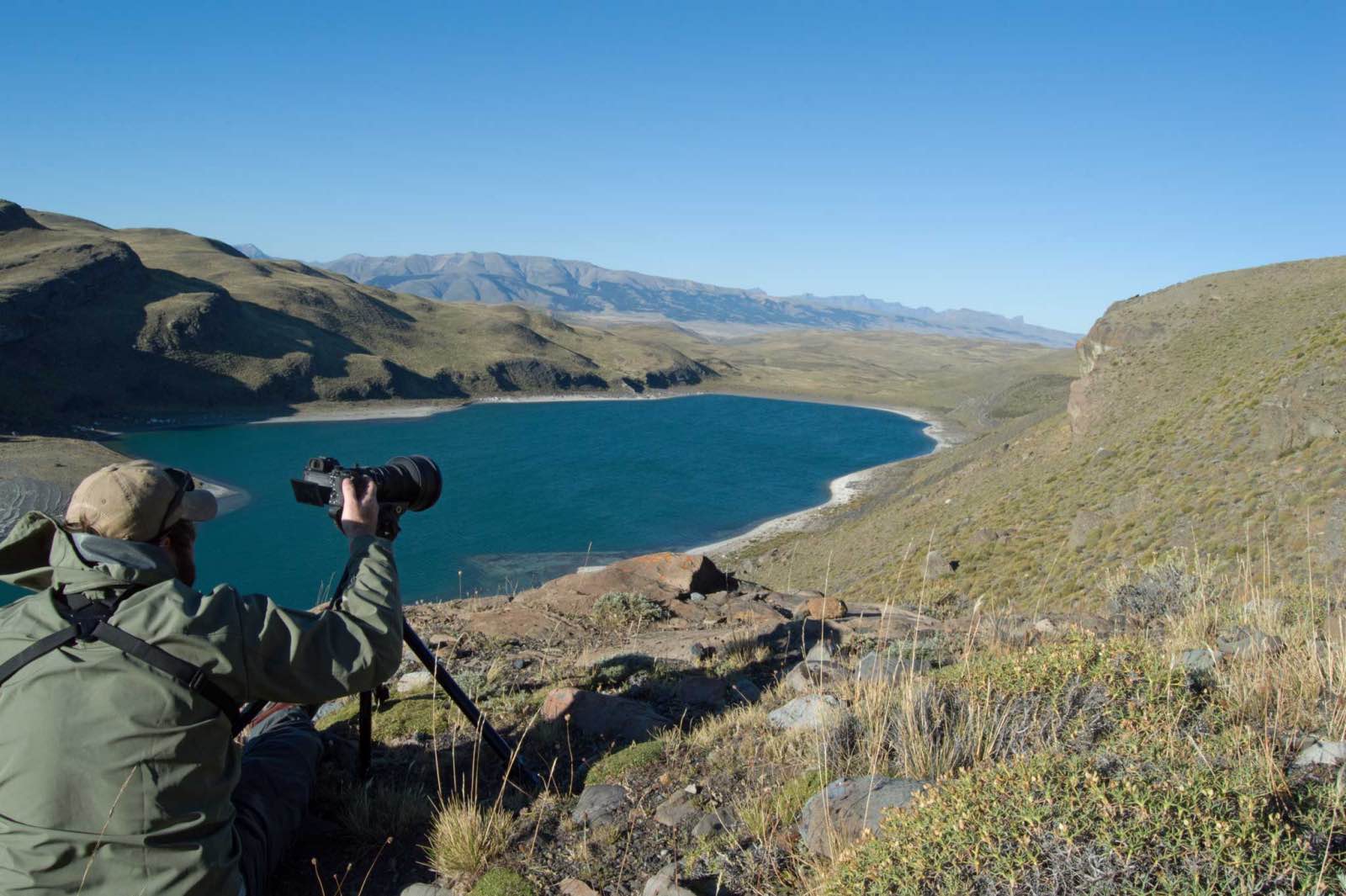
Day Hikes in Torres del Paine
There is a wide variety of day-hiking options in Torres del Paine and many of them are very popular and therefore rather busy. There are some that are super easy and short, so you can take time to enjoy the many viewpoints of the stunning surroundings, and there are a few that are pretty challenging and steep, yet iconic. These are some of our favourites…
Easy going and scenically beautiful
- Mirador Cuernos
- Southern part of Torres del Paine
- 5km
- 2 hours (including photo and scenery appreciation stops)
- Easy
“Mirador Cuernos” is a day hike in Torres del Paine National Park that truly makes the most of the water features of the region, from lakes to waterfalls. Patagonia is spectacularly decorated with bright turquoise lakes, jade rivers, ice-blue glaciers, green alpine forests, and giant, grey granite mountain peaks. It’s sublime, and it looks its best (like most things) in the bright sunlight of a clear day, so try and opt for this hike on a good weather day to really make the most of the scenery.
It starts and ends at Salto Grande waterfall, which is a powerful body of water from the Paine River, funnelled through rocky side walls and overflowing into what eventually becomes Lake Pehoé. It isn’t a high waterfall, but it is powerful and gorgeously blue in colour. The other two famous stops along this 2-3-hour amble (it’s only 5km, so the time is taken up mostly by stopping to take photos and enjoy the view) are Lake Pehoé (which is fed by Salto Grande) and Nordenskjöld Lake (which feeds Salto Grande via the Paine River). Of course the view of the mountainous “cuernos” (horns in English) are as much a part of this gentle, flat, hike as the bodies of water. It is very pretty and because it only takes a couple of hours, maximum, there is plenty of time to do other things if you are only visiting for a day or two.
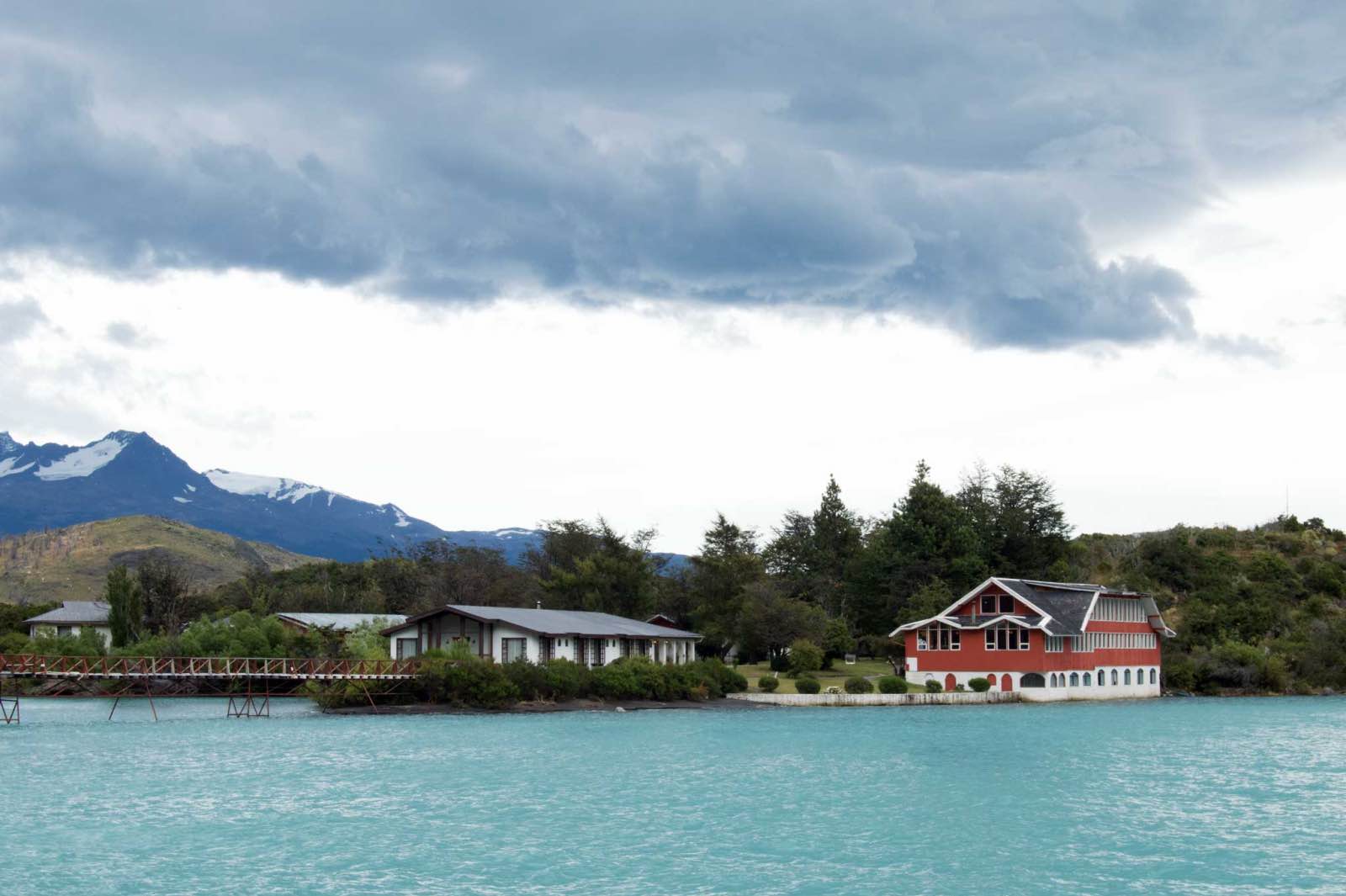
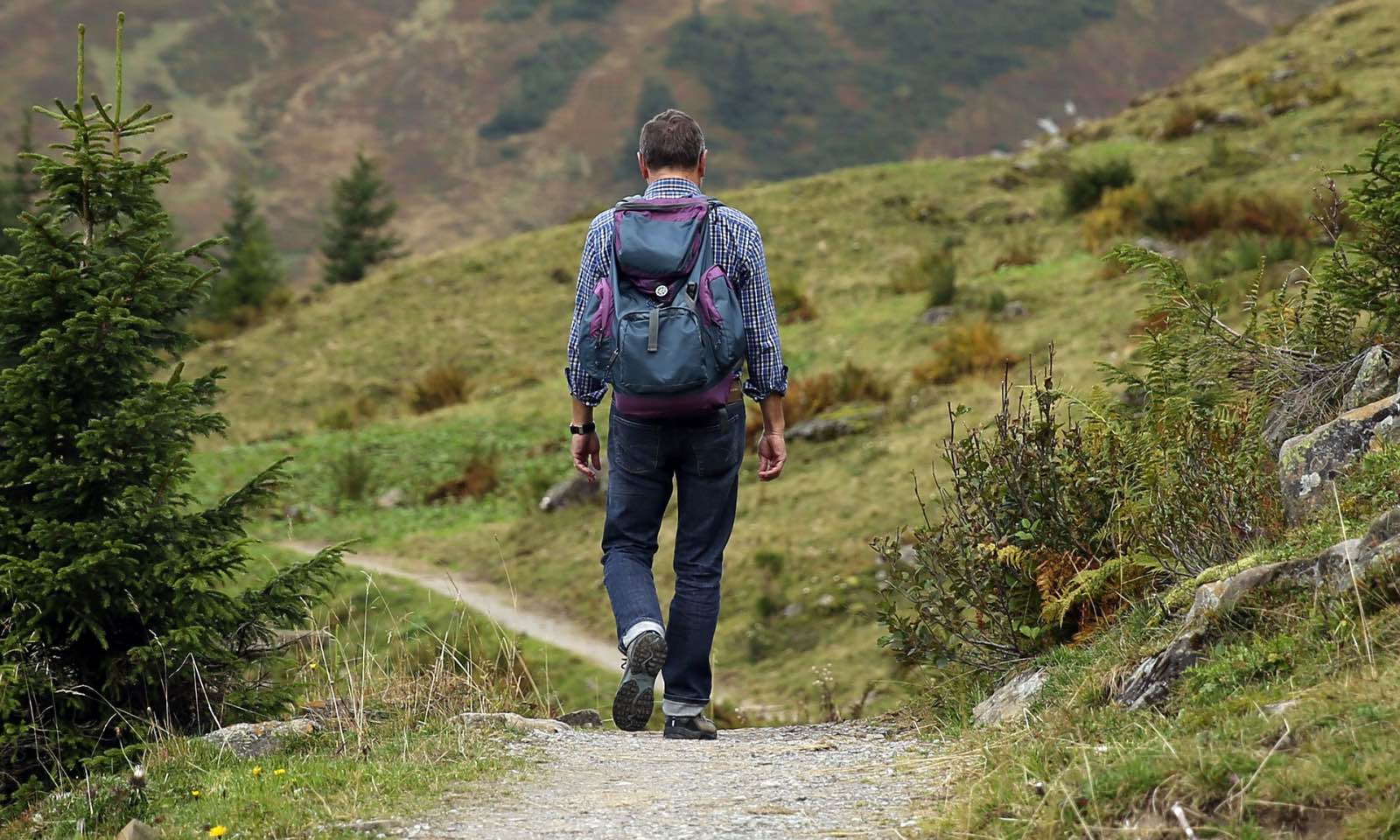
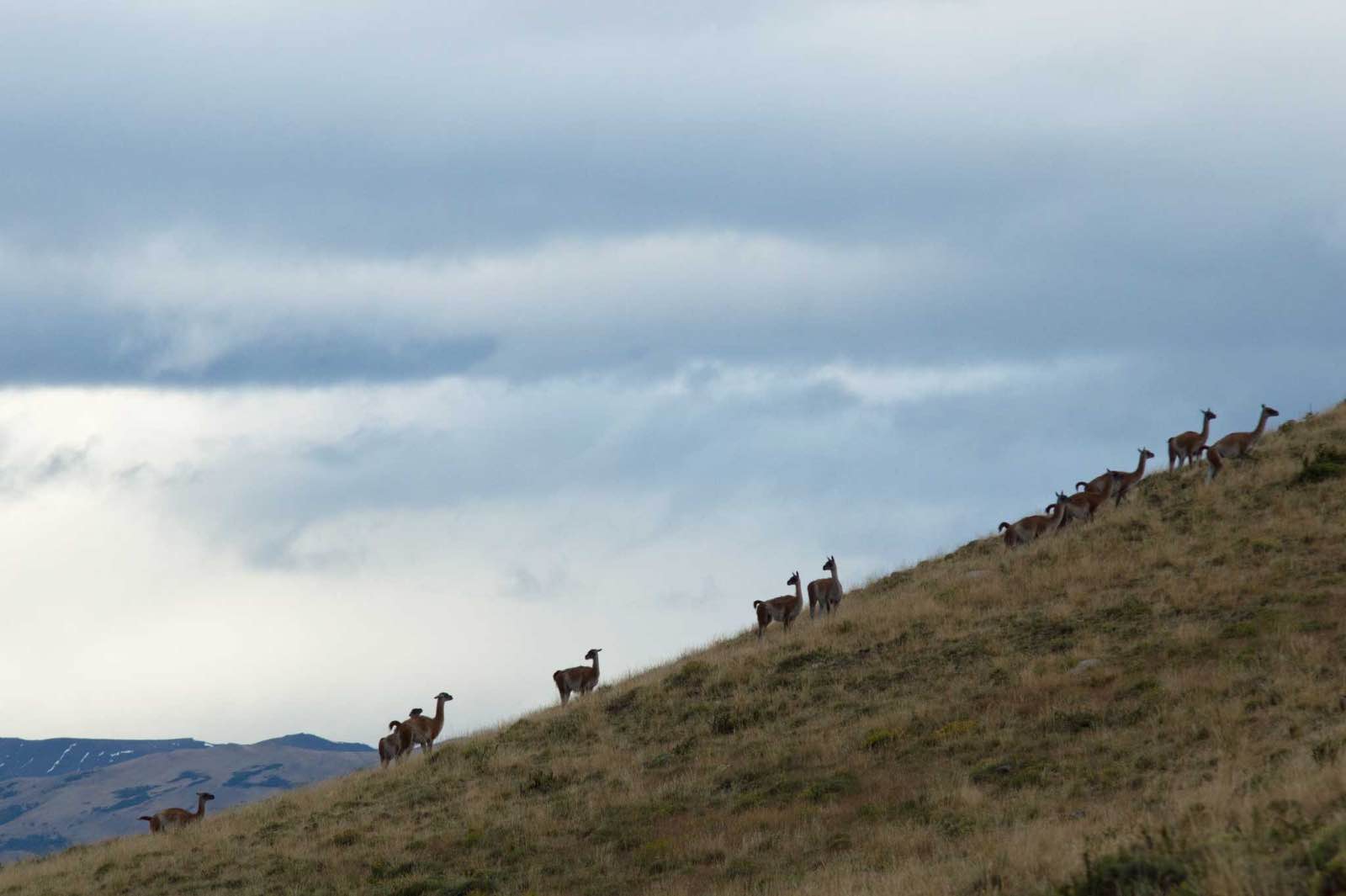
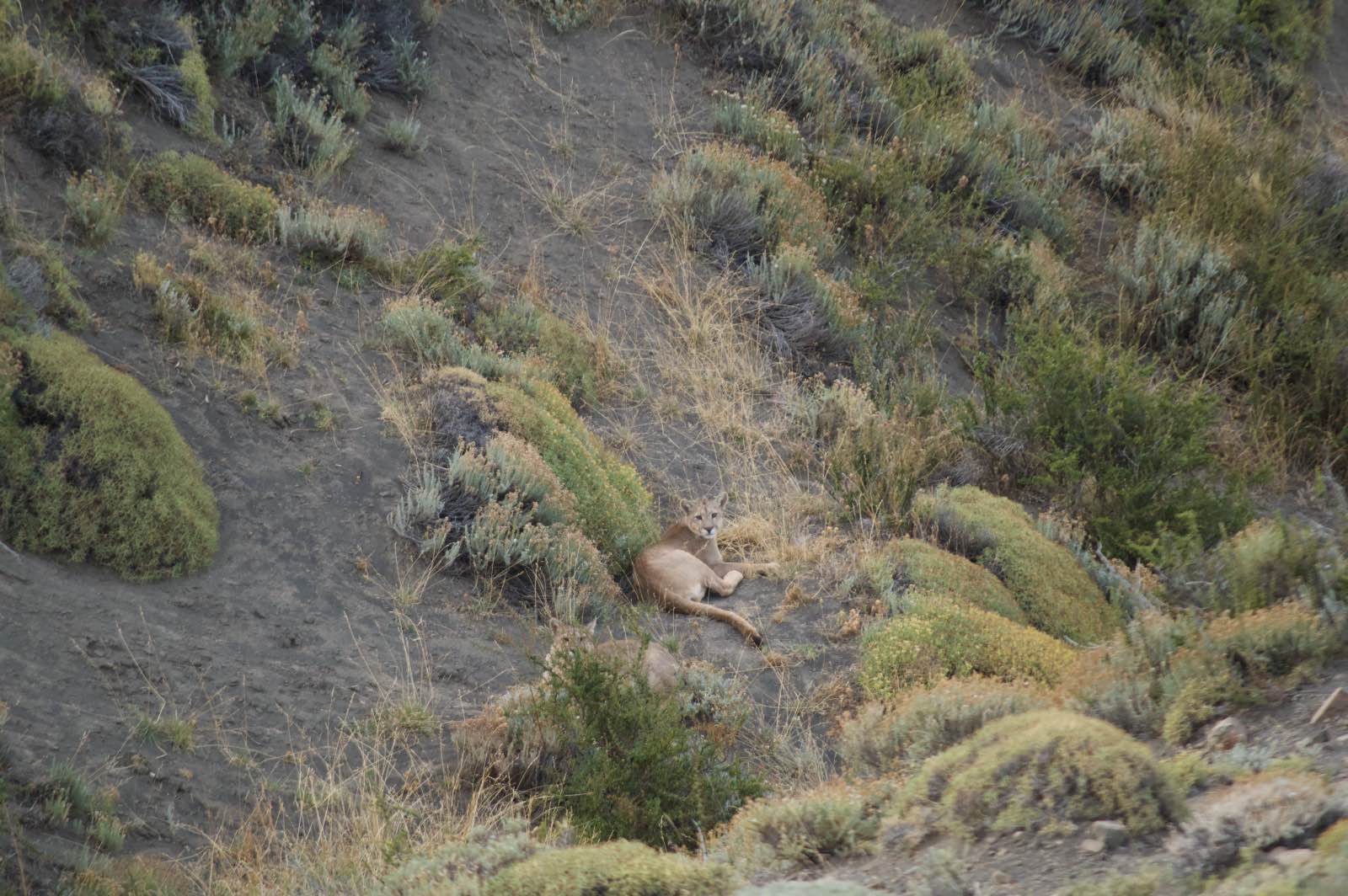
Challenging and ultra-rewarding
- Mirador Las Torres
- Eastern part of Torres del Paine
- 19km
- 6-8 hours
- Difficult
“Mirador Las Torres” is perhaps the most iconic hike in Torres del Paine. It takes hikers right to the base of the granite towers, which gives the park its name, and it is wildly popular among tourists. You should expect to hike alongside others who are also taking on the challenge in their own private groups or as part of a guided trek (both options are perfectly good), especially when you travel in summer. The hike to the base of the towers will take it out of you if you are not an experienced climber, but it’s a fantastic feeling at the end of the day and your legs will always recover!
The hike starts and ends at Hotel Las Torres, and there is a great bar and restaurant right there to offer you a refreshing draft and some snacks upon your return when you’re feeling elated and grateful to have had such an epic experience. At the start, the gently ascent begins as you hit the mountain and it continues to climb along gravelly and rocky paths, through beautiful forests and trees, alongside rushing blue rivers made of glacial melt, and eventually you’ll get to the final climb, which is tough. The last two or three kilometres are pretty much straight uphill as you clamber over the jagged granite rocks to get to the final destination at the rim of a lake at the foot of the three Torres.
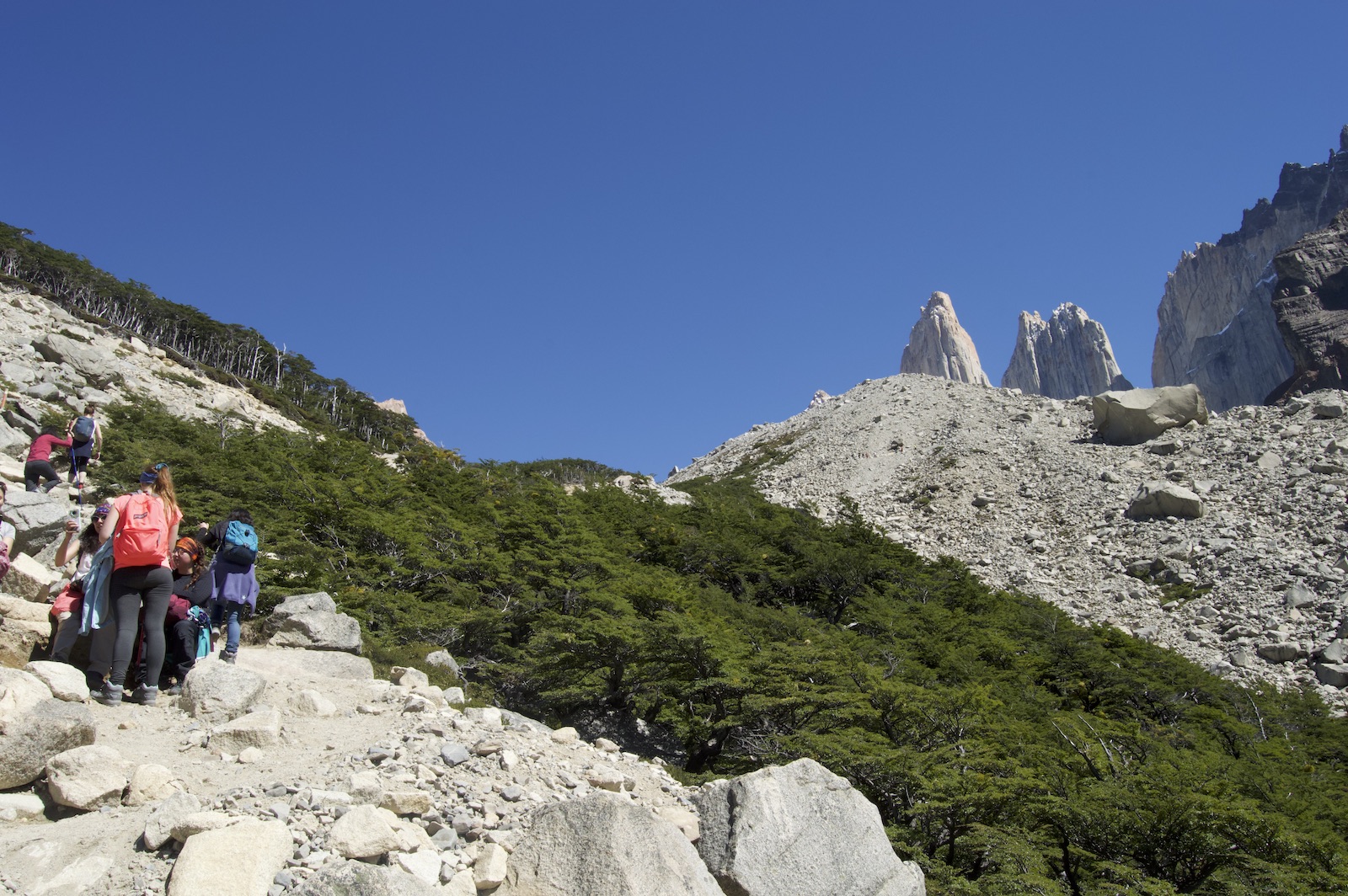
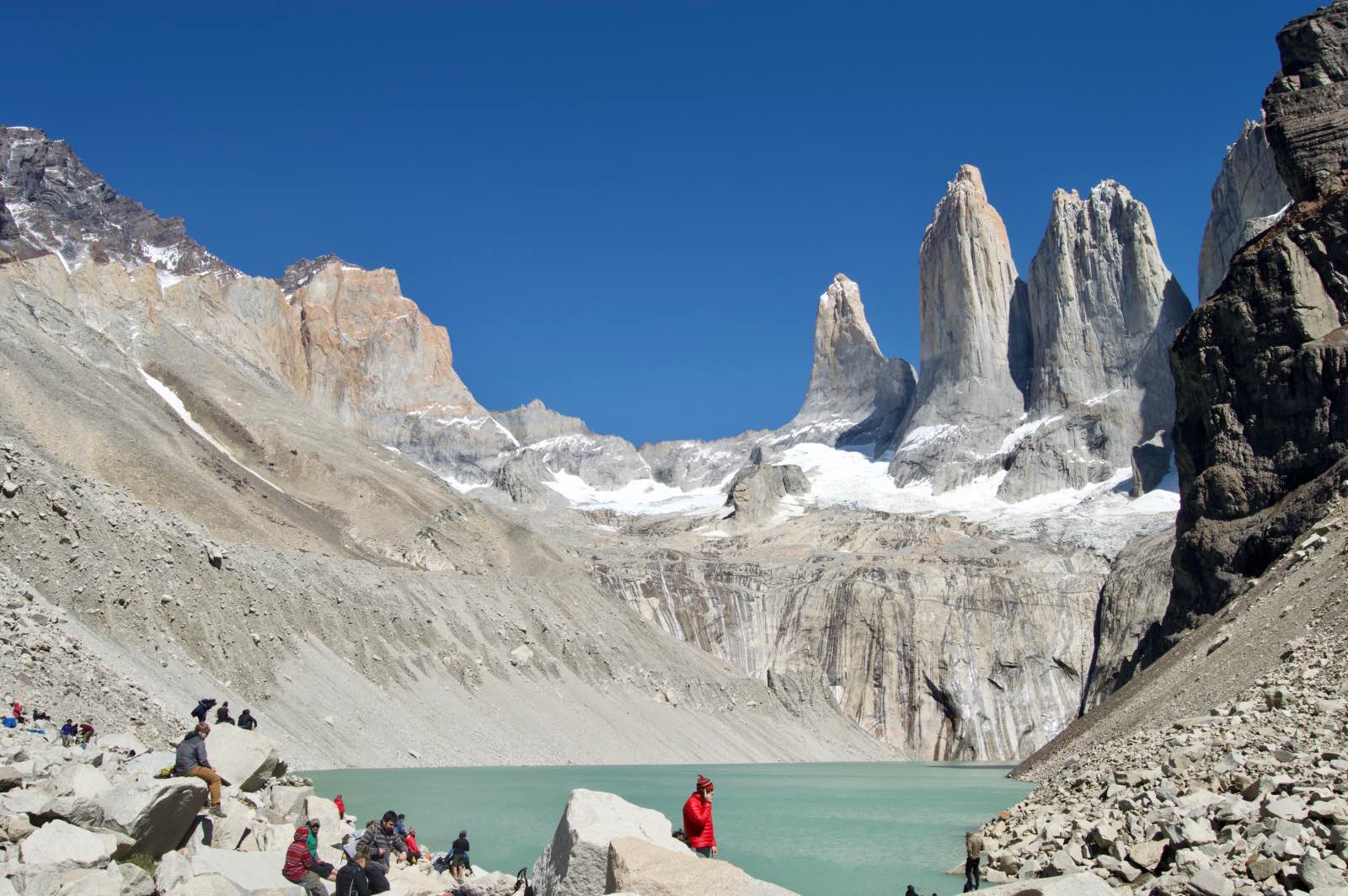
You will find yourself passing people who rest on the sidelines, and then waving at them as they pass you in return! A trail of colourful backpacks ahead of you will show you just how far you still have to climb, and the same trail behind you will show you how far you’ve come. Before long, you turn a corner and see the most magnificent spectacle in front of you as the towers rise up in front of you and a jade-coloured lake lies still between you and the towers. Take a moment to collapse onto a flat rock, whip out those sandwiches, and absorb the achievement.
Heading back you hit the same route and eventually you’ll realise that descending is just as hard as going up! Once you hit flat ground again your body will thank you and when you finally sit down for that beer and a bite to eat and gaze up at the Torres you’ve left behind you’ll be full of appreciation and joy. Mirador Las Torres is well worth it!
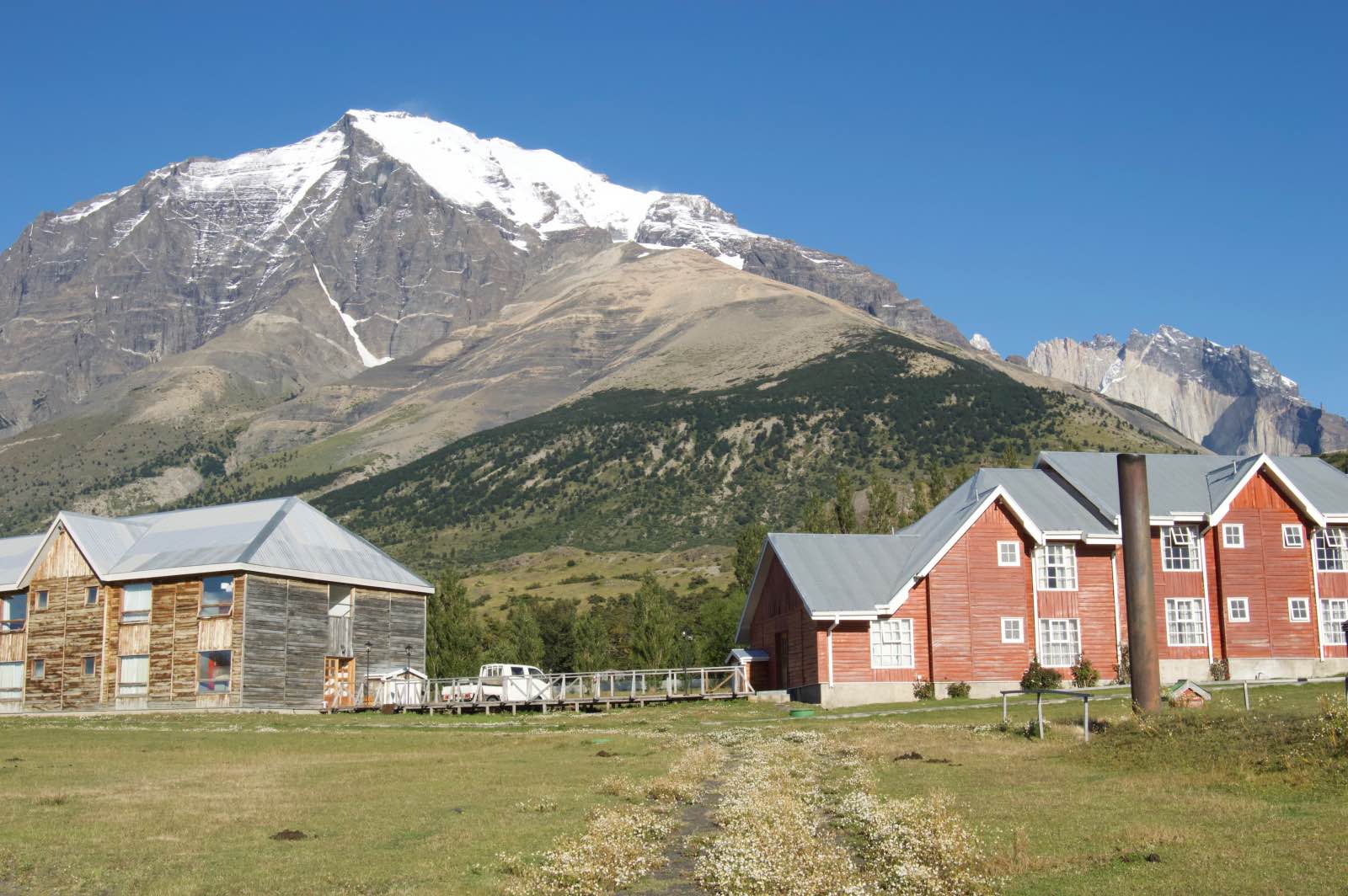
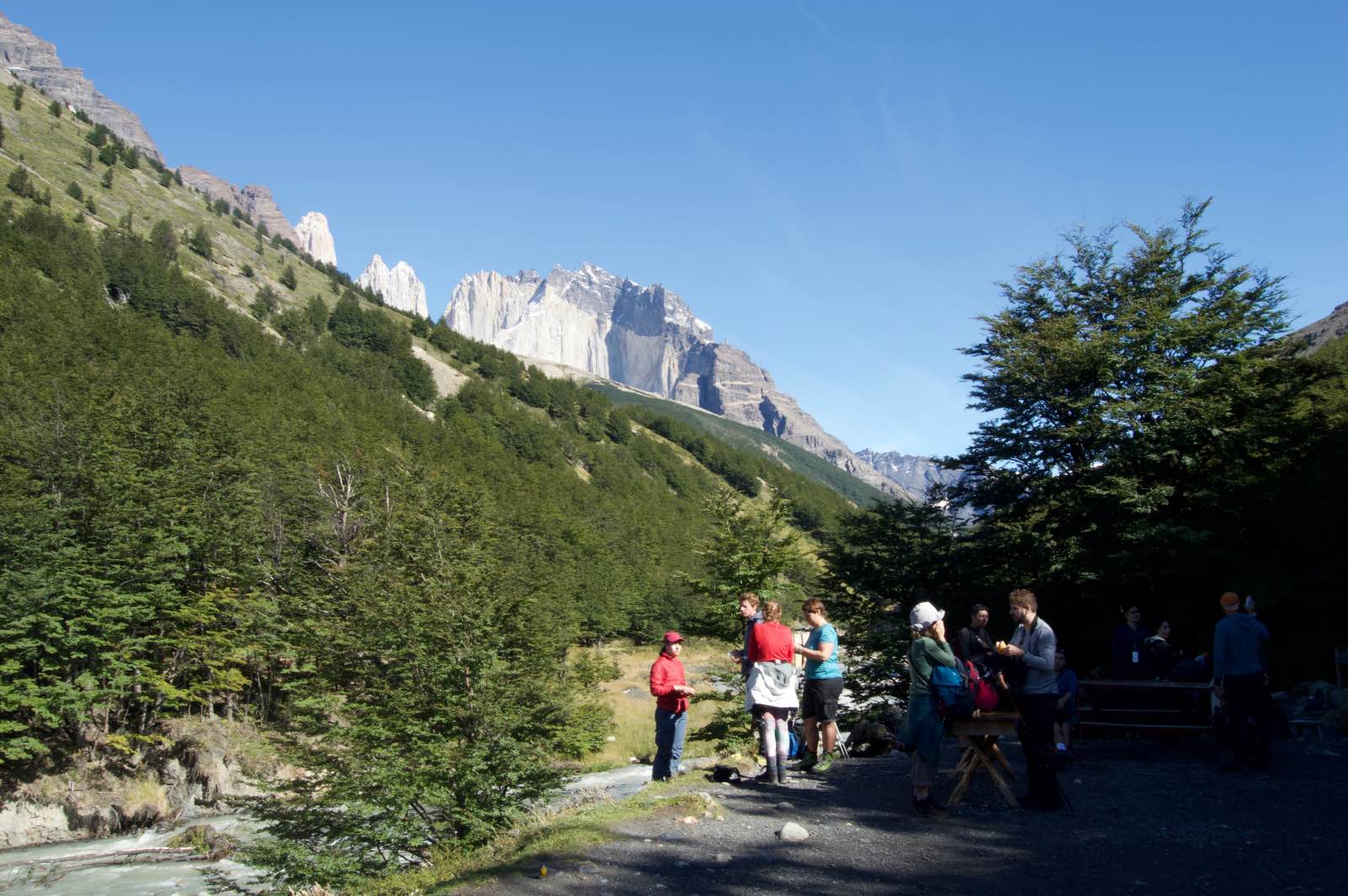
Feeling inspired?
Have a look at our tailored South American itineraries, including puma trekking in Patagonia, the Atacama Desert in Chile, and some of Peru’s holiest places:
- Brazil Honeymoon Vacation
- Three fun things to do in El Chaltén, Argentina Patagonia
- Contrasts of Chile: desert, pumas, art, and architecture

